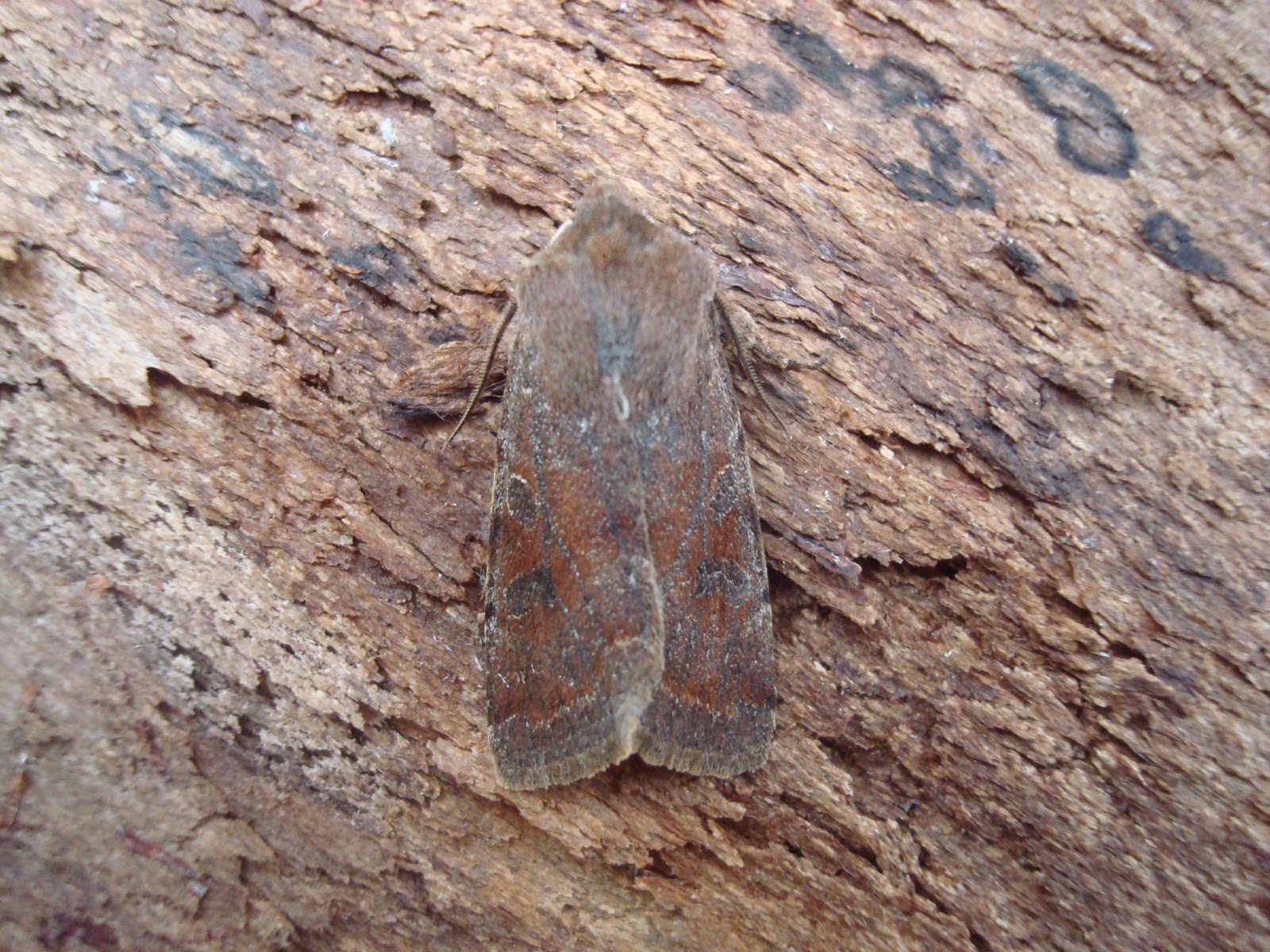As well as lapwings, I also bumped a couple of female Shoveler off their eggs. I only discovered these as I was marking nests and it made me wonder if they adopt the same strategy as Redshank. In a couple of weeks time, when I will be out checking Lapwing clutch sizes, invariably as I approach a nest, a redshank will burst from cover within ten metres or so. Lapwings make for excellent early-warning systems and missile defence.
A handsome male Lapwing.
A male Shoveler. No doubt a female is on eggs nearby.
I came off the marsh at lunch and spent an hour down at Mistley Walls. There were 110 winter-plumaged Bar-tailed Godwits coming up on the rising tide. There was a similar number of Knot in amongst them, with one or two of them showing their true 'Red' name. The 30-odd Black-tailed Godwit were all in summer-plumage.
As I was stood watching, a passer-by told me that there were three Mandarins at Mistley Quay. I thought this was a little odd, but it turned out he was right!

















































